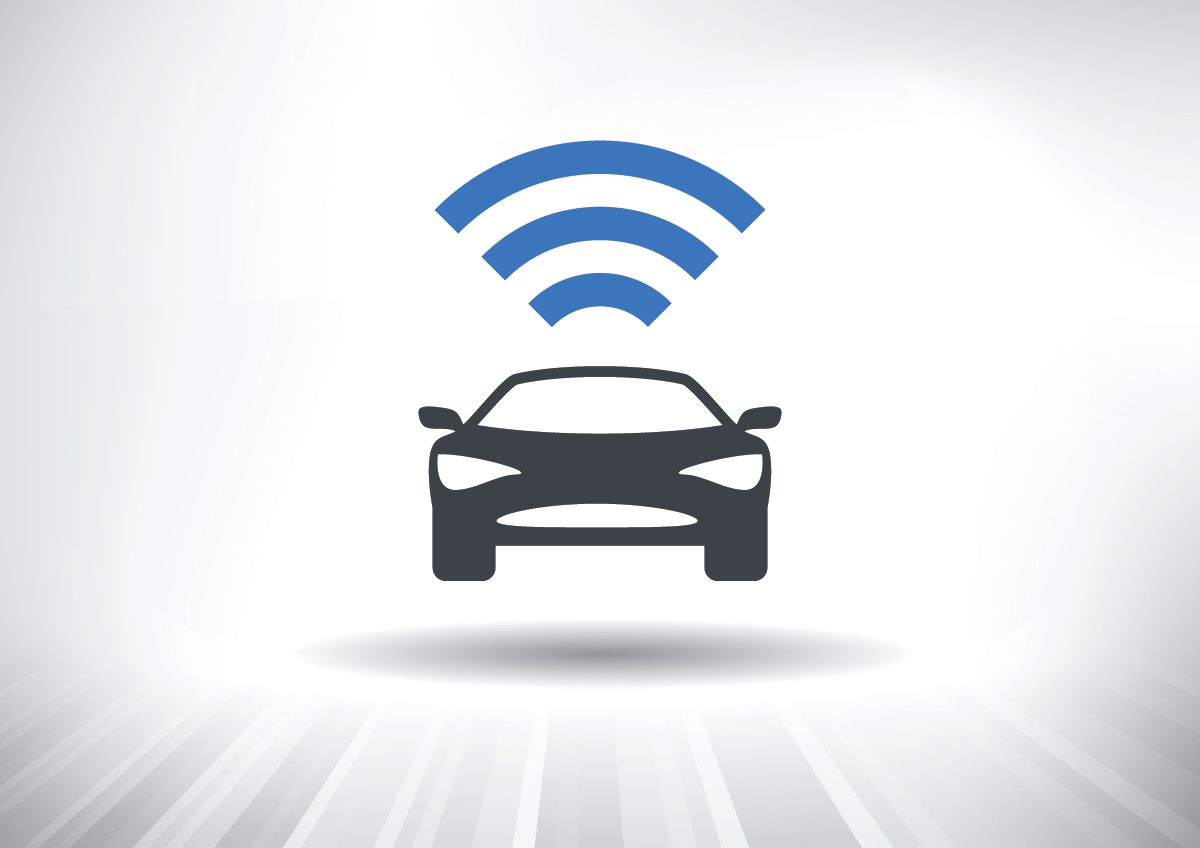The growth of Web Applications, these days, is driven entirely by 2 main factors: Usability and User Experience. The whole idea of Web 2.0 was to provide web services and let the developers have their imagination run with the above mentioned 2 most important success factors.
Usability refers to the ease with which a user can accomplish his or her goals using any tool. Usability has been applied to software in the fields of human computer interaction and includes many important ideas from psychology and statistics. It is fundamentally qualitative but involves the heavy application of quantitative data to identify areas of weakness and suggest improvements. The study of usability often focuses on performing extensive tests with large groups of individuals, sometimes involving in depth techniques like eye tracking to determine how users interact with interfaces. Highly usable interfaces are often credited for being very intuitive, simple or for having a very small learning curve.
User experience on the other hand refers to the way a user perceives his or her interaction with a system. User Experience design is more of a combination of interactive design and visual design focusing more on the ‘eye candy’ User experience is more qualitative with limited usability.
If we take an example, one of the most ‘Usable’ mobile operating systems is the Blackberry OS. Everything is available on the screen under a menu. The operating system is highly ‘functional’ ensuring that the user is not distracted by any animated graphics, etc. It is mainly focusing on getting the job done, and hence, is highly ‘usable’. Highly usable applications usually have a much congested layout and will usually be termed ‘not very rich‘ in terms of eye-candy.
In case of User experience, the best example we have is the iPhone interface. If you observe very carefully, you might miss out on a lot of functionality in comparison with most of the smart phones out in the market, but the eye candy is definitely a big factor in attracting such high sales. For such applications, the learning curve is hardly an issue.
Perhaps the simplest way to distinguish the two would be to summarize them as ‘Form’ and the other ‘Function’. At the end of the day all that is really important is to understand the distinction between the two terms and to realize the massive importance of both in the design of good interfaces.







